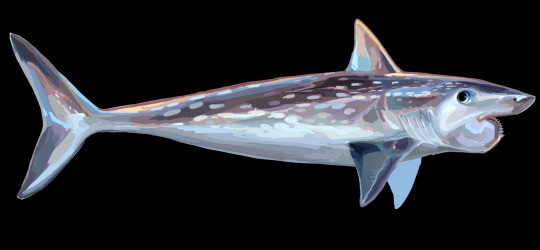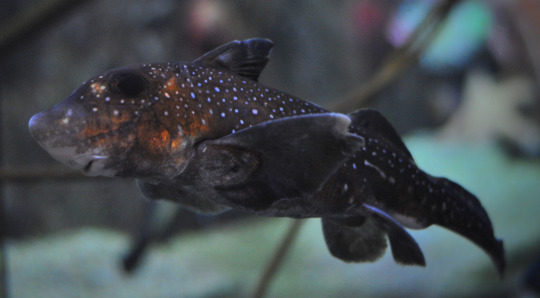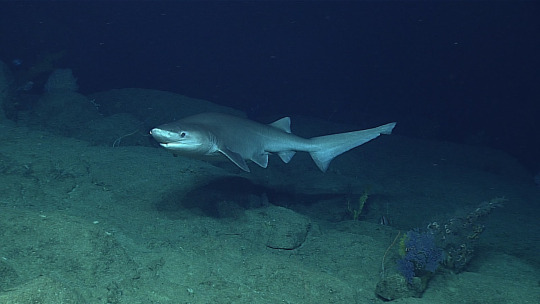#Edited to add the other model study I'd made
Explore tagged Tumblr posts
Text


model study and an edgar cameo
#9 people told me to post these as I make them insteada stockpiling so. fuck it#I might draw the model again from different angles. I love drawing models but his has a very odd face#I also have not seen anyone else ever draw edgar. Am I a pioneer#disco elysium#evrart claire#my art#Edited to add the other model study I'd made
32 notes
·
View notes
Note
Dear Nicefieldsfm,
I hope you are doing well. My name is [Your Name], and I am an aspiring animator and a huge fan of your work. Your "Life is Strange" animations have deeply inspired me, and I would love to create my own.
Could you please share some advice on the following:
Software and Tools: What do you use for your animations?
Workflow: How do you go from concept to final render?
Character Design: Tips for designing and rigging expressive characters?
Scene Composition and Lighting: Key techniques for capturing the series' emotional tone?
Thank you for your time and inspiring work. I look forward to your response.
Hello Jim-Chen!
Thank you, glad you like my stuff! I haven't made videos in a while, but I used to make them in Source Filmmaker. For my last few videos I moved over to Blender which is way more advanced, which I'd definitely recommend. Both are free to download.
As for workflow for my animations, I'd just start animating at the beginning and see where it goes from there. I'm a very visual thinker so I always know what I want it to look like in my head. When I'm done I export my animations as an image sequence and import them into Adobe Premiere Pro where I edit them, add sound and export the final video.
In case you're not aware, all models are extracted from those Life is Strange video games. I didn't design them. 😬 I don't even have to rig them, other people in the community have already done that, I just download them ready to go. I always use the same models and locations so I'm always good to go.
I've always liked studying cinematography in movies and TV, I'd suggest studying your favorite movies and art. One common trick is to keep the background dark and to light up your actors to make them stand out in the scene. I usually have some backlight too, to make the edges of characters pop. A lot of my pics and videos can have up to 4 light sources per character. I would also recommend having some volumetric lighting. Lighting is key.
To give them a "film look" I make my videos 24 fps which I think is pretty rare in the online 3D community, a lot of animators make them 30 or 60 fps for the smoothness.
I will usually have a shallow field of view with some depth of field. I also sometimes add a little bit of film grain. This is all personal preference to go for that "film look".
Thanks for the question, I hopes this helps somewhat!
11 notes
·
View notes
Text
Hi!
I'm Acelyn (he/they), a self-taught Italian artist and writer who is new to Tumblr.
Here is a list of what I want to experiment in the next years after I'll finish college (no due dates, I take it day by day), so we can know each other better.
I start from zero in many of these activities: have you got any advice to begin these? Do you have others to suggest?
My list:
Sewing : clothes, patches, peluches;
Modeling : toys, action figures, material for cosplay;
DIY: more in general;
Manual work: building for example shelves, book libraries and stuff to organize my room;
Self care: makeup (masculinizing and for cosplay) and hair care (i have brown, long, wavy hair that tends to dry easily);
Fashion: in general, but in particular I like many alt aesthetics;
Digital art: I generally draw and paint traditionally;
Webtoons;
Photography;
Video editing;
Languages: I discovered I have a passion for learning languages, so if someone wants to chat, I'm learning Spanish on DuoLingo (see LinkTree) and I plan to study more languages in the future;
Poetry: I generally write narrative, but I'm also getting interested in poetry recently;
Music composition and theory;
Singing: I need to find my type of voice and what I actually want to express;
Playing instruments: I like the drums and the keyboard, but I would need headphones and options for very small rooms.
Sports: I'd love to try boxe / kickboxe or something similar, maybe more complete, possibly something for self defense too. Plus, I want to gain a bit of muscles;
Sports (pt 2); Basket has made me curious. Plus, I like walking in the mountains and using my bike, so I want to come back to do it;
Videgames: I want to come back to play the ones I loved, try new ones and work to at least one videogame in my life;
As I did in the past, read, write and draw more, plus watch more anime.
🌹Acelyn🌹 🌲LinkTree -> https://linktr.ee/_.acelyn._ 🎨My Art Portfolio -> https://cara.app/acelyn Feel free to share and reblog so it can reach more people. Also, I'm new to Tumblr, so feel free to tell me about any mistakes I may make, for example if I forgot to add any trigger warning at the top of the post.
1 note
·
View note
Text
On Helicoprion's Pelvic Fins (or lack thereof)
For about a year, now, I've been wracking my mind on the subject of the latest reconstruction of the extinct holocephalan[1] Helicoprion[2]. By all other accounts the latest reconstruction, which can be viewed below, is the best it's ever been. The iconic Eugeneodontid[3] tooth whorl fits into the jaw in a logical way and lends credence to our present understanding of its diet.

But, as you gaze further posterior, you may notice something queer: no pelvic or anal fins. Now, a not-insignificant number of living chondrichthyes[4] lack anal fins. This is not out of the realm of imagination. But the same cannot be said of the pelvic fins, which aid in control and stabilization and also serve as the girdle for which claspers are attached to in males. All living chondrichthyes possess pelvic fins; from chimaeras like Hydrolagus colliei[5], to sharks like Hexanchus griseus[6], to skates[7] like Raja binoculata[8].

(Hydrolagus colliei)

(Hexanchus griseus)

(Raja binoculata)
So, why are they missing in our latest reconstruction? I made attempts last year to reach out to the researcher responsible for our modern understanding of Helicoprion, Jesse Pruitt (whose lecture on his research set me off on this journey), through LinkedIn, but I never got a response. Looking through my message history, though, the conversation appears to have disappeared, making me wonder if I'd actually sent it at all.
This morning, I tried again. I drafted up my question and reasoning and sent it to Pruitt's LinkedIn and ResearchGate profiles, and I sent it to the Idaho Visualization Laboratory (IVL) which made the Helicoprion model. I had expected considerable delay, but to my mirth, I got a response this afternoon.
On behalf of IVL, Leif Tapanila responded to my email with answers. As it were, other Eugeneodontids from the Carboniferous and Permian periods were preserved better than our Helicoprion specimens. Specimens of Fadenia[9] and Romerodus[10] were preserved very well with full-body imprints in consistent shale rock.

(Fadenia)

(Romerodus)
These imprints lack pelvic fins. Considering their close relation to Helicoprion, this absence was assumed for the visualization. I've inquired after Edestus[11], another Eugeneodontid of the same era, since there are many specimens and imprints, however fragmentary. I have yet to receive an answer, but when I do, I will update this post.

(Edestus)
I was determined to find some oversight, since holocephalan specimens from the Devonian period include pelvic fins in their reconstruction, but it seems the facts have dissolved my suspicions. I wanted to share this with you all, since I cannot edit Wikipedia articles (much to my dismay, as I have learned much and more in my studies of H. griseus that I want to add to its page). This knowledge deserves to be shared, since I find it ponderous.
Until next time,
[1] Subclass of chondrichthyes, containing contemporary chimaeras.
[2] Extinct eugeneodontid. Etymology translates to "Spiral saw"
[3] Order of holocephalan characterized by tooth "whorls" and inability to shed teeth.
[4] Class of chordate (vertebrate) characterized by a cartilaginous skeleton
[5] Chimaera known as the "spotted ratfish"
[6] Hexanchiform known as "bluntnose sixgill shark"
[7] Order of elasmobranch "Rajiformes," adjacent to rays.
[8] Rajiform known as "big skate" (no, really. haha)
[9] Eugeneodontid from the Carboniferous, Permian, and Triassic period
[10] Eugeneodontid from the Carboniferous period
[11] Eugeneodontid from the Carboniferous period characterized by its scissor-like teeth and jaws.
#helicoprion#edestus#romerodus#fadenia#holocephalan#chimaera#chimera#chondrichthyes#eugeneodontida#jesse pruitt#idaho state university#idaho visualization laborator#ivs#paleontology#marine biology#fish
93 notes
·
View notes